Chemotherapy is a strong drug designed to target fast-growing cells, like cancer, and destroy them, according to the American Cancer Society. Problem is, chemo can’t differentiate between good and bad multiplying new cells. So other normal rapidly growing cells, like taste cells found on your tongue and the roof of your mouth, can often become a casualty of war. Bland-tasting food—regardless whether it is genuinely sweet, sour, or salty—can sometimes come off as metallic, bitter, or rancid, which can lead to food aversions (the worst offenders tend to be meat, chocolate, fruit, and coffee), loss of appetite, involuntary weight loss and, ultimately, malnutrition. A poor diet can leave the body feeling weak, vulnerable, and under-prepared to battle against disease.
For two-time cancer survivor Ann Ogden Gaffney, who first battled kidney cancer in 2001 and then unrelated breast cancer in 2003, that stomach-turning experience wasn’t going to cut it. The Manhattan-based foodie, who grew up in the kitchen with an Italian culinary-whiz mom and British master baker dad, began experimenting with making familiar homemade meals that offered big flavor, key nutrients, and powerful relief from the side effects of treatment.
“A lot of nutritionists would tell patients what to eat, but not show them how to prepare it in an enjoyable way. This was my first ‘ah-ha’ moment—bridging the gap between nutritional advice and actual at-home execution,” says Gaffney, who underwent chemo, radiation, and a lumpectomy during her second bout with the disease. “I heard so many stories about being told eat leafy greens and then people saying, ‘Well, I boiled it.’ My heart sank every time I heard those words because I knew they hadn’t started a love affair with something good for them, but rather built a real distaste for it. So I began sharing cooking tips and recipes. Unfortunately, a lot of people are frightened of cooking food and making mistakes. I always like to bring up the time Julia Child dropped the chicken on the floor during her TV show.”
When Gaffney’s treatment ended, she decided to continue her hiatus from the fashion industry (she was a design consultant for industry giants, like Calvin Klein, Saks and Barneys) to pursue her second self-described ‘ah-ha’ moment. “I started to organize free two-hour cooking classes with about 20 breast cancer survivors from St. Luke’s-Roosevelt Hospital, where I had been treated, at a nearby culinary school. Some women hadn’t cooked for years or ever—they’d order in or picked up prepared food. When they saw what they had made (a roasted fish, a watercress soup, and poached salmon), they were amazed. It was just so fabulous. I have never been more happy in my life than seeing these women realize they could do it.”
Related: The Healing Powers of Herbs and Spices
The classes were such a hit, Gaffney decide to officially launch the nonprofit Cook For Your Life (CFYL) in 2007 with the mission to empower the cancer community to cook their way back to health. Today, with a full-time staff of four (Gaffney included), CFYL’s hands-on free cooking classes and programs in the New York City have served more than 7,000 in-person, and some 1,000,000 world-wide online. “One woman from Virginia reached out to me to say that my recipes saved her life. They allowed her to eat food and eat it with her family. This is what we want to do,” Gaffney says. Since its debut, CFYL has received funding from the National Institutes of Health and Susan G. Komen as well as support from Columbia University’s Mailman School of Public Health, Mount Sinai Health System, and others.
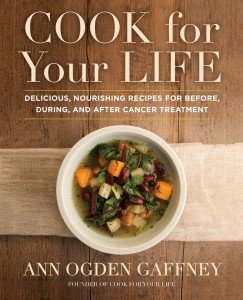 This October, Gaffney shares all new recipes—developed in collaboration with Drexel University’s Food Lab in Philadelphia—and a handful of CFYL’s most popular dishes from the past eight years in her first cookbook, Cook For Your Life: Delicious, Nourishing Recipes For Before, During, And After Cancer Treatment, which hit bookstores this month. She organized the easy-to-digest recipes by what she calls the six S’s according to how patients feel and what they need: “simple” for fatigue, “safe” to boost the immune system, “soothing” for comfort, “spicy” to wake up taste buds, “sweet” for cravings, and “scrumptious” for back-to-normal survivors. For Gaffney, taste was a top priority, then the science.
This October, Gaffney shares all new recipes—developed in collaboration with Drexel University’s Food Lab in Philadelphia—and a handful of CFYL’s most popular dishes from the past eight years in her first cookbook, Cook For Your Life: Delicious, Nourishing Recipes For Before, During, And After Cancer Treatment, which hit bookstores this month. She organized the easy-to-digest recipes by what she calls the six S’s according to how patients feel and what they need: “simple” for fatigue, “safe” to boost the immune system, “soothing” for comfort, “spicy” to wake up taste buds, “sweet” for cravings, and “scrumptious” for back-to-normal survivors. For Gaffney, taste was a top priority, then the science.
“We followed major nutrition recommendations from the American Institute of Cancer Research and the American Cancer Society to eat more fruits and vegetables, and cut down on red, processed meats, as well as sugary foods,” she says. “Our rough guide is to always create a colorful plate. You’ll get all the nutrients you need.” Here, Gaffney shares two recipes (the soup is pictured above) from Cook for Your Life that are not just for cancer patients, but anyone who’s looking for a healthy, bursting-with-flavor home-cooked meal.
FALL MARKET SOUP WITH DUKKAH
Ingredients
2 tablespoons extra-virgin olive oil
1 medium yellow onion, diced
1 small fennel bulb, diced
6 cups butternut squash, cut into 1-inch dice
1 bay leaf
Zest and juice of 1 medium lemon
2 cloves garlic, peeled and smashed
Sea salt and freshly ground black pepper, to taste
6 cups water (see Ann’s Tips)
2 cans dark red kidney beans, rinsed and drained,
or 1 recipe Basic Beans #1 (see Ann’s Tips)
3 cups Swiss chard leaves, torn into bite-size pieces
(see Ann’s Tips)
Lemon wedges, for garnish
Dukkah Paste
3 sprigs mint, leaves stripped
1 sprig tarragon, leaves stripped (optional)
½ teaspoon cumin seeds
½ teaspoon sea salt
2 teaspoons extra-virgin olive oil
Directions
1. Heat the oil over medium-high heat in a large Dutch oven. When hot, add the onion, fennel, squash, and bay leaf. Cook, stirring occasionally, 5 to 8 minutes, or until the onion becomes translucent. Add the lemon zest and garlic. Sprinkle with salt and stir to mix. Lower the heat to medium-low, cover, and gently cook the vegetables for 8 to 10 minutes, stirring from time to time, or until the onion and fennel are soft and the squash is beginning to soften.
2. Add the water and bring the soup to a low boil. Cover, lower the heat, and simmer for 20 minutes, or until the squash is just tender but not falling apart.
3. While the soup is cooking, make the dukkah paste: Roughly chop the mint and tarragon, if using, then add the cumin and salt. Chop everything together. When roughly blended, very gradually add the oil and chop into a paste on the cutting board. Set aside in a small bowl.
4. Add the red beans to the soup. If they are homemade, add the cooking broth, too. Bring to a simmer and cook for 15 minutes. Add the chard leaves in two to three batches, adding another as each batch wilts into the soup. When all the chard has been added, cook for 5 minutes, or until completely soft. Stir in the lemon juice and the dukkah paste. Cook for 2 minutes more. Serve hot with lemon wedges.
Yield: 8 to 10 servings
Bonus Tips from Ann: The red kidney beans in this soup are the deep dark red variety used in Italian cooking and not Spanish red kidney beans, also called coloradas, that are, in fact, pink. When freezing, add the lemon juice and dukkah to the soup once it’s thawed. If that’s a hassle, freeze the soup with everything added, and cut a little wedge of lemon to squeeze over your bowl just before eating.
POACHED CHICKEN POT AU FEU
Ingredients
2 small yellow onions, peeled and cut in half
8 cloves
2 leeks, trimmed and washed well, dark tops reserved
4 organic, free-range, skinless chicken breast halves or thighs on the bone
3 medium carrots, scrubbed and cut into 3 equal lengths, then into quarters lengthwise
4 small white turnips, peeled and quartered
1 bay leaf
½ teaspoon black peppercorns
4-6 cups water
Sea salt to taste
1⅓ cups of Arborio or other short-grain rice
Directions
1. Stud each onion half with two cloves. Cut the white part of the trimmed leeks into three equal lengths, then in half lengthwise. Set aside. Cut the tender dark tops of the leeks into 3-inch lengths and tie them together with a piece of string.
2. Put the chicken into a heavy Dutch oven or casserole dish. Cover with water, and bring to a boil over a high flame. As soon as the chicken flesh turns white, remove and set aside on a plate. Discard the water.
3. Rinse the pot. Put in carrots, turnips, bay leaf, peppercorns, bundled leek greens and onions. Reserve the leek whites. Add enough stock or water to cover the vegetables completely, bring to a boil over a high heat. Cover and turn the heat down to low. Gently simmer the vegetables for 10 minutes.
4. Add the chicken to the simmering vegetables and top with the reserved leeks. Sprinkle with a little sea salt and cover. Cook at a simmer over very low heat for about 20 minutes. The chicken should be just cooked and the vegetables tender but not mushy. Check for salt. Add the measured rice directly to the pot, cover and cook at a low simmer for 15 minutes or until the rice is al dente. Turn off the heat and let the pot sit, covered, for 10 minutes for the rice to steam and the flavors to develop.
5. To serve, remove the bundled leek greens and discard. Cut the chicken pieces in half. Plate the chicken with half an onion and some carrots, turnips, leek whites, and rice. Spoon stock from the pot over the chicken and vegetables. Serve with Dijon mustard on the side.
Yield: 4 to 6 servings
Bonus Tips from Ann: This dish can be made with a whole 3-4 lb chicken. Just add it back into the pot with the vegetables in step 2. Never be afraid to ask the butcher in your local supermarket to skin a whole chicken for you, even if you’ve picked it up off the shelf. They’re there to help you, and it beats doing it yourself.
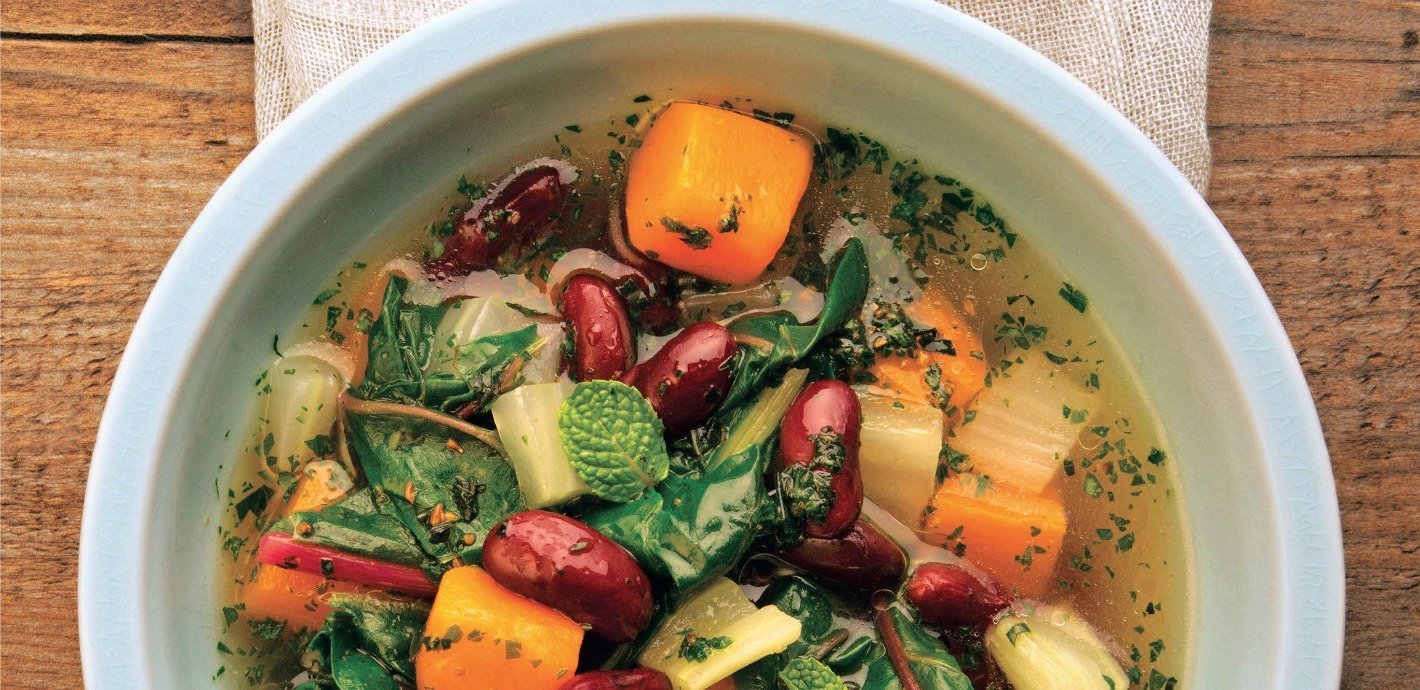


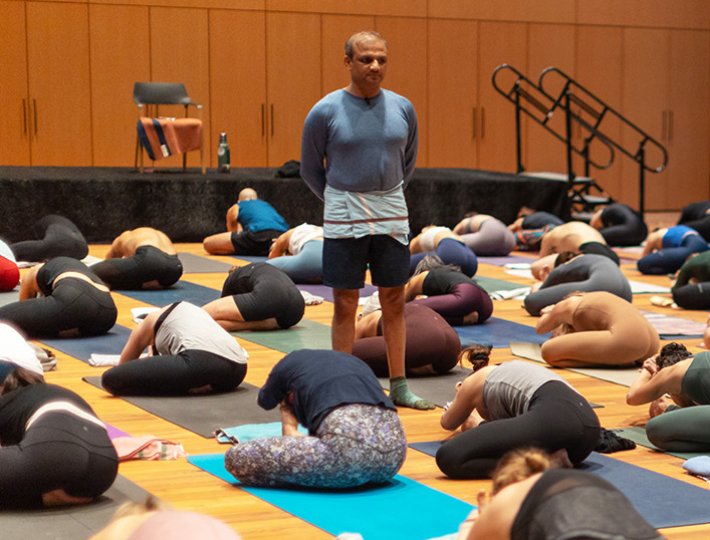
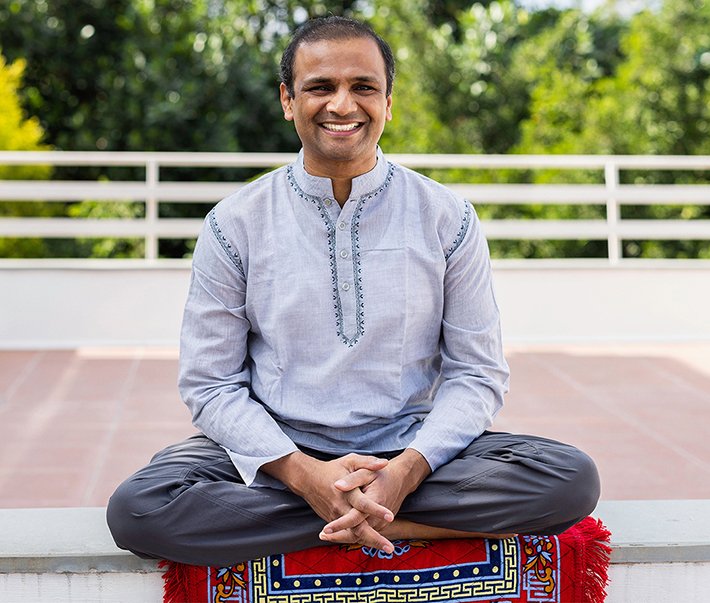
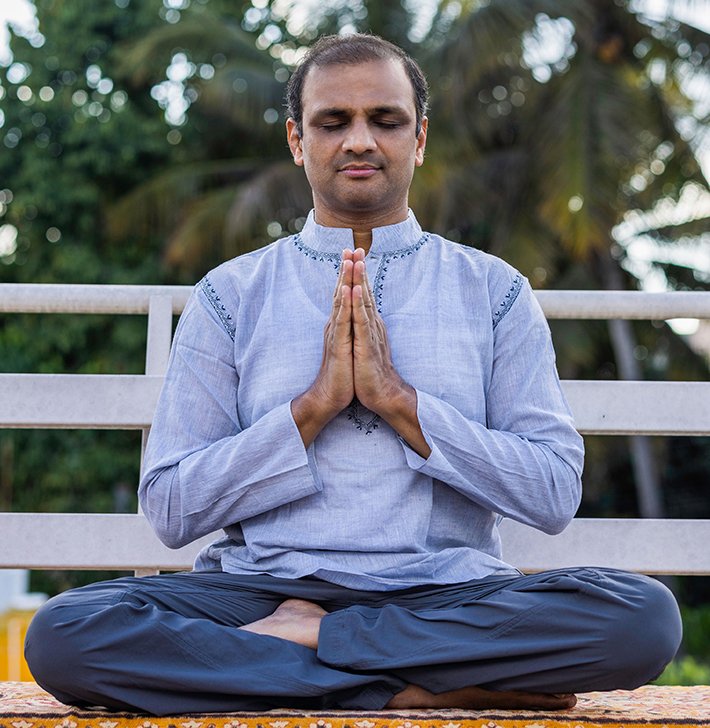



Comments (0)